Genes and genetics

Discoveries made possible by DNA
The discovery of DNA’s double helix revealed how genetic information is stored, copied and expressed. Revisit that breakthrough and traces how it laid the foundation for modern molecular biology, genomics and biotechnology.
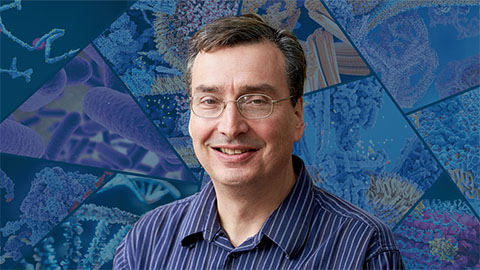
Unraveling the language of histones
Philip Cole presented his research on how posttranslational modifications to histones are involved in gene expression and how these modifications could be therapeutically targeted to treat diseases like cancer.

How antigen-processing proteins shape immunity
Researchers show how components of the antigen processing machinery shape the immunopeptidome, offering insights into immune regulation and cancer biology.
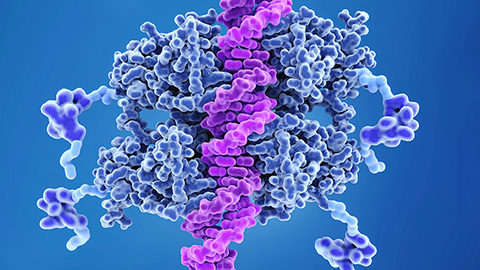
AI unlocks the hidden grammar of gene regulation
Using fruit flies and artificial intelligence, Julia Zeitlinger’s lab is decoding genome patterns — revealing how transcription factors and nucleosomes control gene expression, pushing biology toward faster, more precise discoveries.
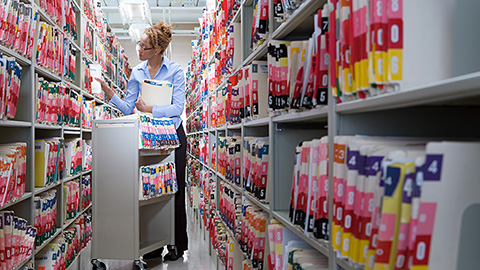
Teaching AI to listen
A computational medicine graduate student reflects on building natural language processing tools that extract meaning from messy clinical notes — transforming how we identify genetic risk while redefining what it means to listen in science.
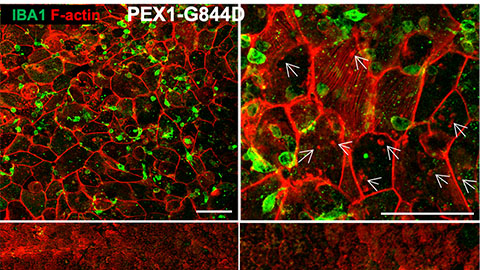
Early lipid changes drive retinal degeneration in Zellweger spectrum disorder
Lipid profiling in a rare disease mouse model reveals metabolic shifts and inflammation in the retinal pigment epithelium — offering promising biomarker leads to combat blindness.
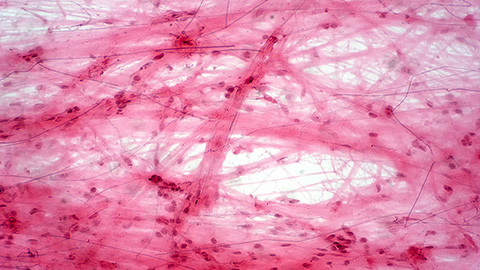
How sugars shape Marfan syndrome
Research from the University of Georgia shows that Marfan syndrome–associated fibrillin-1 mutations disrupt O glycosylation, revealing unexpected changes that may alter the protein's function in the extracellular matrix.
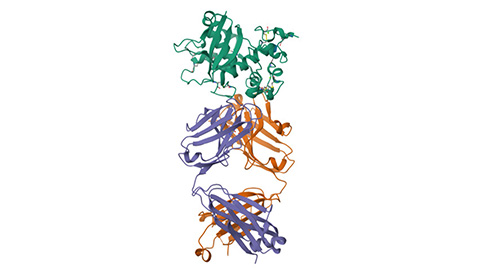
Glow-based assay sheds light on disease-causing mutations
University of Michigan researchers create a way to screen protein structure changes caused by mutations that may lead to new rare disease therapeutics.

How signals shape DNA via gene regulation
A new chromatin isolation technique reveals how signaling pathways reshape DNA-bound proteins, offering insight into potential targets for precision therapies. Read more about this recent MCP paper.
